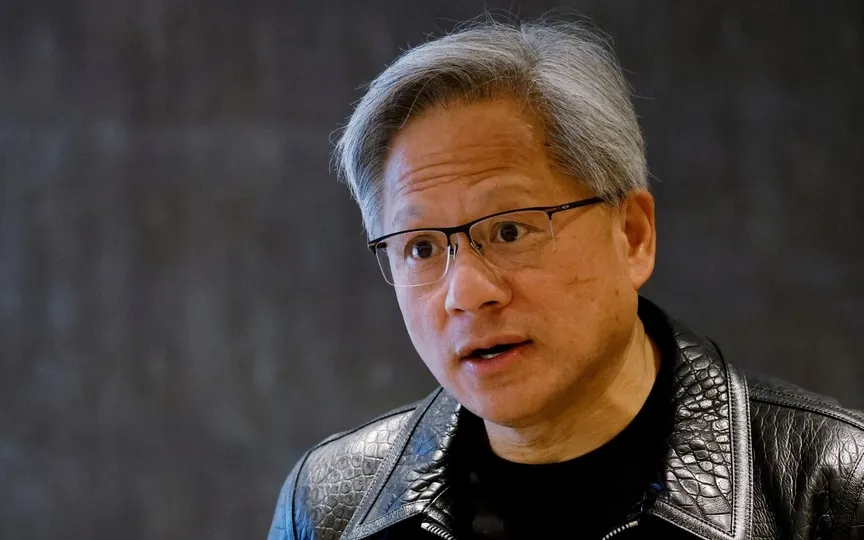In five years, AI could surpass human capabilities, says Nvidia CEO
Nvidia CEO Jensen Huang stated on Friday that artificial general intelligence could potentially be achieved within the next five years, according to certain definitions.
Huang, who heads the world’s leading maker of artificial intelligence chips used to create systems like OpenAI’s ChatGPT, answered a question at an economic forum at Stanford University about how long it will take to achieve one of Silicon Valley’s long-standing goals. to create computers that think like humans.
Huang said the answer largely depends on how the goal is defined. If the definition is the ability to pass human tests, Huang said, artificial general intelligence (AGI) will arrive soon.
“If I gave artificial intelligence … every test you can think of, you make a list of tests and put it in front of IT, and I bet five years from now we’ll do well in every one,” said Huang, whose company hit $2 trillion in market capitalization on Friday.
So far, AI can pass tests like bar exams, but it still struggles with specialized medial tests like gastroenterology. But Huang said that in five years it should also be able to overtake all of them.
But by other definitions, Huang said, AGI may be much further away because scientists still disagree on how to describe the workings of human minds.
“That’s why it’s hard to achieve as an engineer,” because engineers need defined goals, Huang said.
Huang also addressed the question of how many more chip factories, known in the industry as “fabs,” are needed to support the expansion of the AI industry. According to media reports, OpenAI CEO Sam Altman believes many more factors are needed.
Huang said more are needed, but each chip also improves over time, limiting the number of chips needed.
“We need more fabs. But remember, we’re also improving the algorithms and (AI) processing tremendously over time,” Huang said. “It is not as if the efficiency of data processing is as it is today, and that is why there is so much demand. I will improve data processing a million times in 10 years.”




